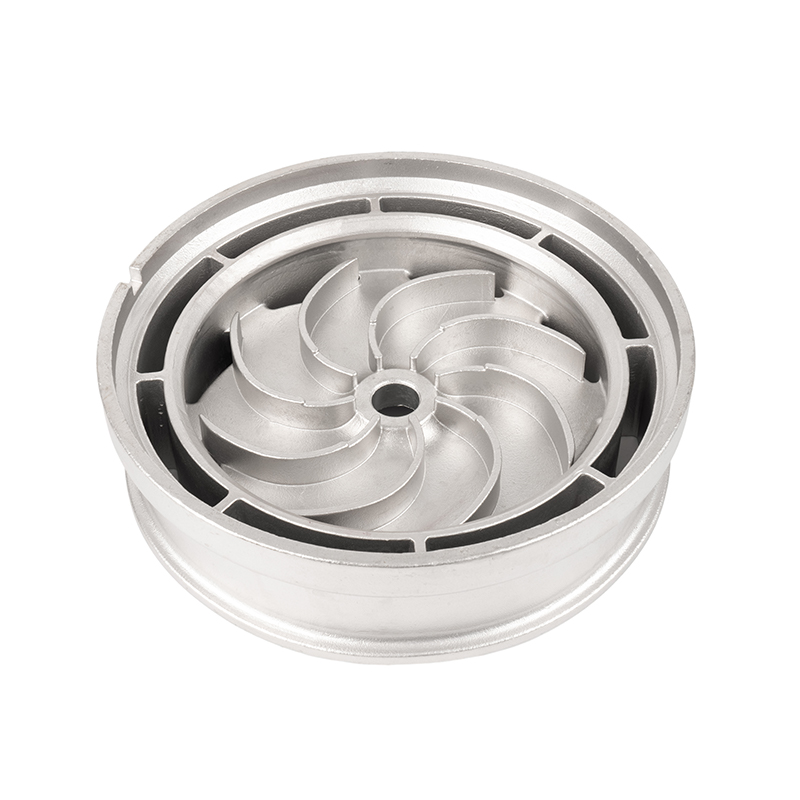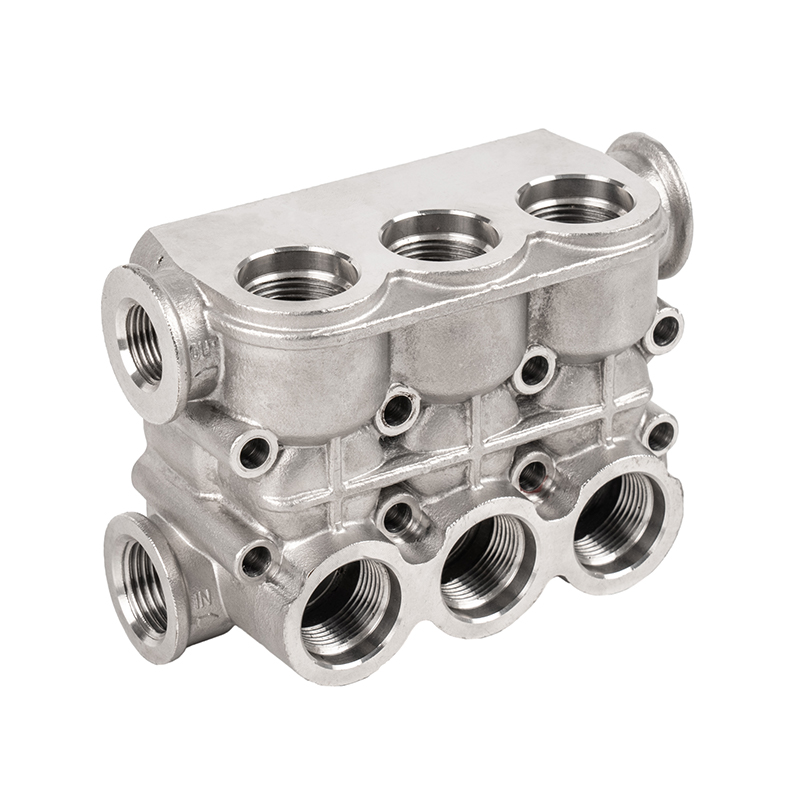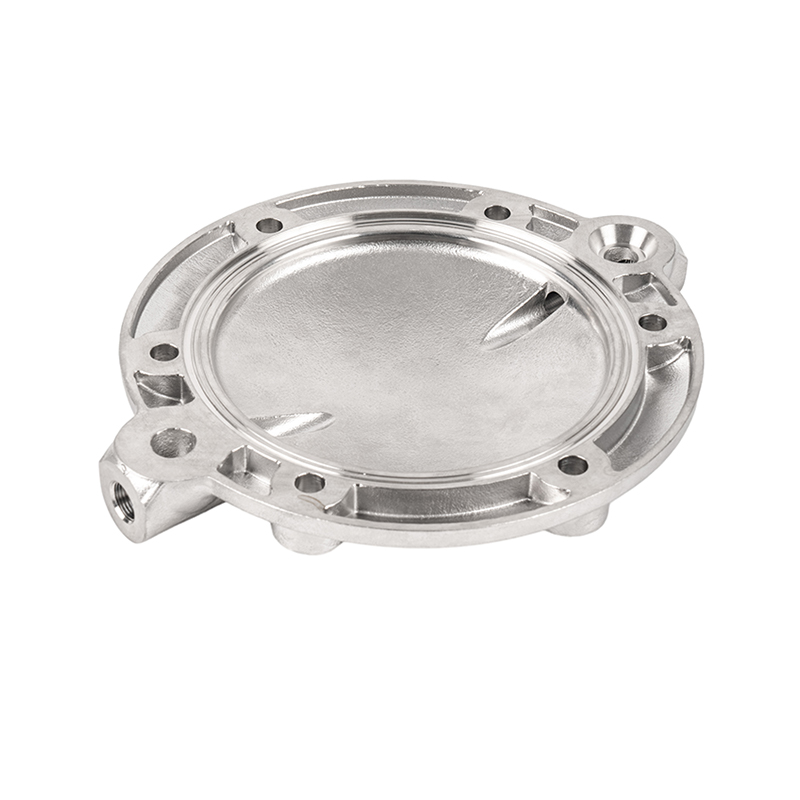What is the manufacturing process of stainless steel pipe castings?
1. Material preparation: Material preparation is a crucial step in the manufacturing process of stainless steel pipe castings. At this stage, it is necessary to ensure that the stainless steel material selected meets the relevant standards and requirements and can meet the performance and quality requirements of the casting. For the manufacture of stainless steel pipe castings, high-quality stainless steel materials are usually used, such as 304 and 316 grade stainless steel. These stainless steel materials have excellent corrosion resistance, mechanical properties and processability, making them suitable for piping applications in a variety of industrial and civil sectors. During the material preparation process, the quality of the selected stainless steel materials needs to be inspected first. This includes checking the chemical composition, mechanical properties and physical properties of the material to ensure that it meets relevant standards and specifications. In particular, attention should be paid to checking the alloy composition in the material to ensure that its corrosion resistance and mechanical properties meet the design requirements. Material preparation also includes pretreatment of stainless steel materials. This includes steps such as cutting, cleaning and surface preparation. Cutting is to cut stainless steel materials into blocks or plates of appropriate sizes according to design requirements. Cleaning refers to cleaning the surface of materials to remove oil stains, rust spots, impurities, etc. on the surface. Surface treatment is to grind, polish or sandblast the surface of the material to improve its surface finish and flatness and provide good conditions for subsequent processing and casting.
2. Mold design and manufacturing: Mold design is a crucial part of the manufacturing process of stainless steel pipe castings. The design of the mold should be determined based on the shape, size and structural characteristics of the casting, as well as the expected production batch and quality requirements. Mold manufacturing usually uses CNC machining or traditional processing technology to ensure the accuracy and stability of the mold.
3. Melting metal: The manufacturing process of stainless steel pipe castings requires heating the stainless steel material to the melting temperature. Metal melting is usually carried out using electric arc furnaces, induction furnaces or other smelting equipment. In the process of melting metal, the melting temperature and melting time need to be controlled to ensure that the chemical composition and temperature of the metal meet the requirements.
4. Casting process: Casting is the core link in the manufacturing of stainless steel pipe castings. During the casting process, molten stainless steel metal is poured into a pre-prepared mold. The casting process requires controlling parameters such as pouring temperature, pouring speed and pouring pressure to ensure that the metal fully fills the mold and obtains good casting morphology.
5. Cooling and solidification: After the casting is completed, wait for the metal to cool to room temperature, and the casting will gradually solidify and form. During the cooling and solidification process, the cooling rate and solidification time need to be controlled to avoid internal stress and cracks and ensure the stable structure and performance of the casting.
6. Demolding and cleaning: After the casting is completed, the casting needs to be taken out of the mold and demolded. The demoulding process usually uses mechanical or chemical methods to ensure the surface finish and shape accuracy of the casting. Then clean the surface of the casting to remove impurities such as surface oxide scale and residue.
7. Precision machining: After the castings are demoulded and cleaned, the castings need to be precision machined to achieve the size and surface accuracy required by the design. Precision machining includes cutting, grinding, turning and other processes, usually using CNC machine tools or traditional processing equipment.
8. Surface treatment: Finally, the stainless steel pipe castings are surface treated, including polishing, sandblasting, pickling and other processes to improve their surface finish and corrosion resistance. Surface treatment can make the surface of the casting smoother and improve its appearance quality and durability.
2. Mold design and manufacturing: Mold design is a crucial part of the manufacturing process of stainless steel pipe castings. The design of the mold should be determined based on the shape, size and structural characteristics of the casting, as well as the expected production batch and quality requirements. Mold manufacturing usually uses CNC machining or traditional processing technology to ensure the accuracy and stability of the mold.
3. Melting metal: The manufacturing process of stainless steel pipe castings requires heating the stainless steel material to the melting temperature. Metal melting is usually carried out using electric arc furnaces, induction furnaces or other smelting equipment. In the process of melting metal, the melting temperature and melting time need to be controlled to ensure that the chemical composition and temperature of the metal meet the requirements.
4. Casting process: Casting is the core link in the manufacturing of stainless steel pipe castings. During the casting process, molten stainless steel metal is poured into a pre-prepared mold. The casting process requires controlling parameters such as pouring temperature, pouring speed and pouring pressure to ensure that the metal fully fills the mold and obtains good casting morphology.
5. Cooling and solidification: After the casting is completed, wait for the metal to cool to room temperature, and the casting will gradually solidify and form. During the cooling and solidification process, the cooling rate and solidification time need to be controlled to avoid internal stress and cracks and ensure the stable structure and performance of the casting.
6. Demolding and cleaning: After the casting is completed, the casting needs to be taken out of the mold and demolded. The demoulding process usually uses mechanical or chemical methods to ensure the surface finish and shape accuracy of the casting. Then clean the surface of the casting to remove impurities such as surface oxide scale and residue.
7. Precision machining: After the castings are demoulded and cleaned, the castings need to be precision machined to achieve the size and surface accuracy required by the design. Precision machining includes cutting, grinding, turning and other processes, usually using CNC machine tools or traditional processing equipment.
8. Surface treatment: Finally, the stainless steel pipe castings are surface treated, including polishing, sandblasting, pickling and other processes to improve their surface finish and corrosion resistance. Surface treatment can make the surface of the casting smoother and improve its appearance quality and durability.


 English
English Español
Español русский
русский 中文简体
中文简体

















